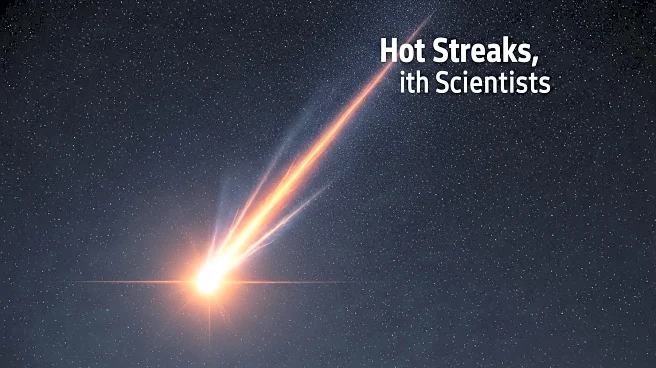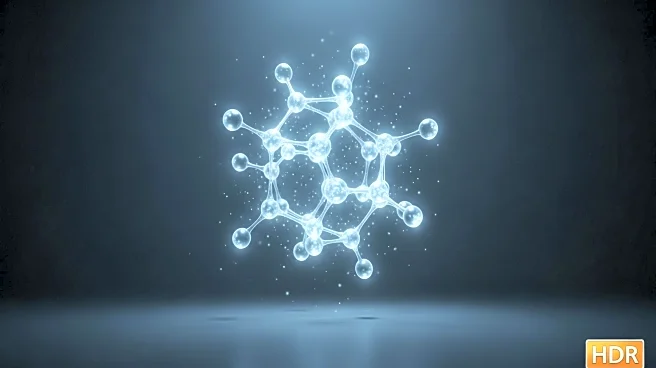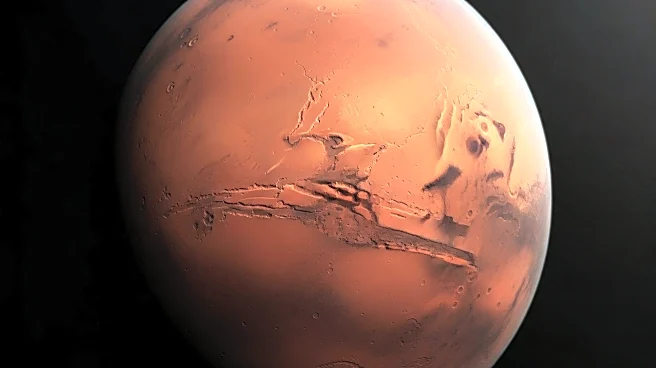What's Happening?
A recent study published in Nature investigates the relationship between 'hot streaks' and disruptiveness in the careers of scientists. Utilizing the Microsoft Academic Graph, the study analyzed over 200 million publications to identify patterns in scientific impact and innovation. The research focused on experienced economists, comparing their work with that of scientists in computer science, geology, and biology. The study measured disruptiveness through citation networks and found that hot streaks, periods of heightened productivity and impact, are associated with increased disruptiveness. The findings suggest that these periods are not random but are influenced by factors such as team size and the timing of the hot streak within a scientist's career.
Why It's Important?
Understanding the dynamics of hot streaks and disruptiveness can provide valuable insights into scientific innovation and productivity. This research highlights the importance of team composition and career timing in fostering groundbreaking work. By identifying the conditions that lead to high-impact research, institutions and policymakers can better support scientists in achieving their full potential. The study's findings could influence how research teams are structured and how resources are allocated, potentially leading to more innovative and disruptive scientific advancements.
Beyond the Headlines
The study raises questions about the nature of scientific progress and the factors that drive innovation. It suggests that smaller teams may be more conducive to disruptive research, challenging the traditional emphasis on large collaborative efforts. Additionally, the research underscores the role of career timing, indicating that early-career scientists may have a greater capacity for innovation. These insights could lead to a reevaluation of how scientific careers are managed and supported, with implications for mentorship, funding, and collaboration strategies.











